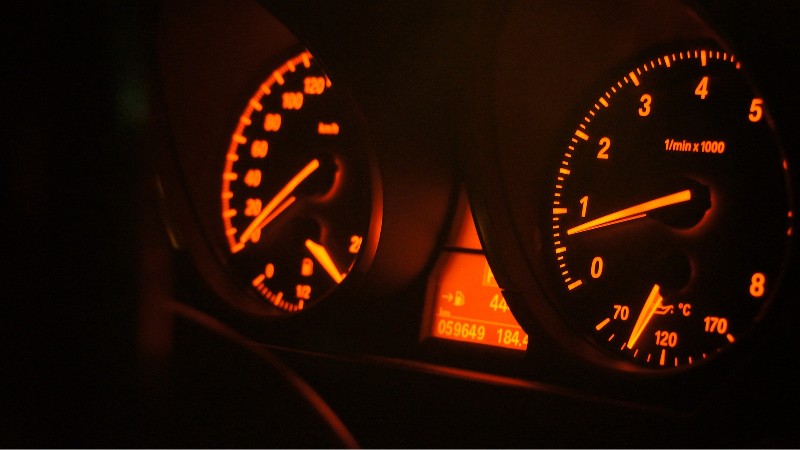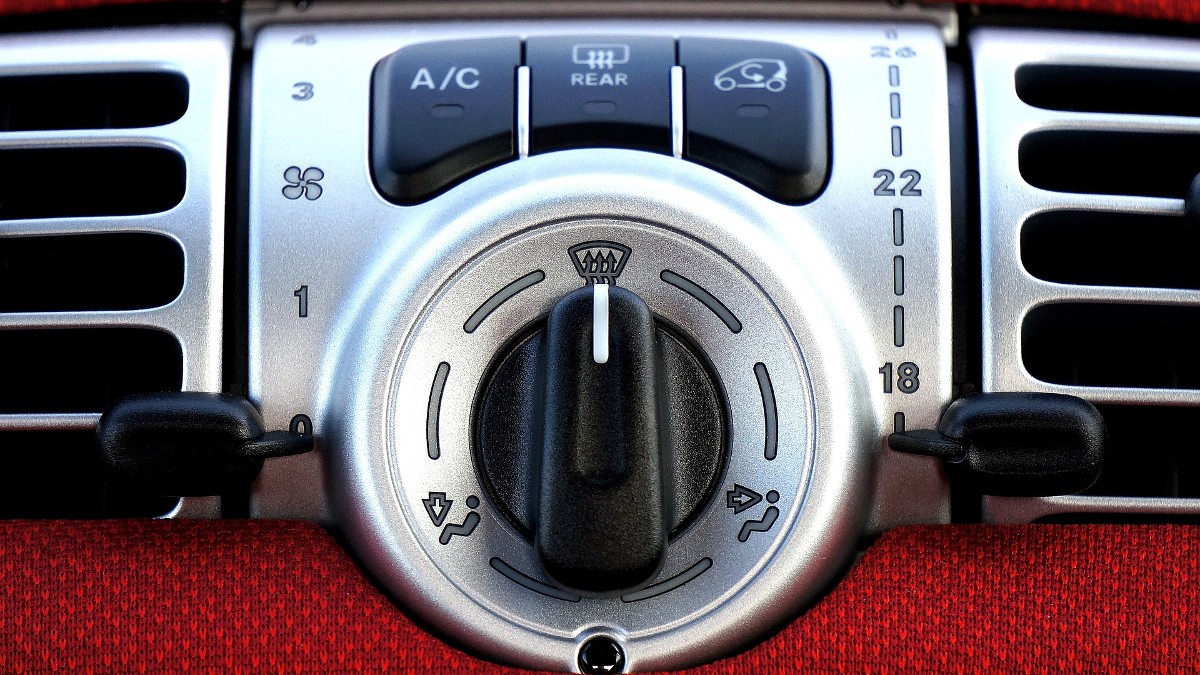It’s a frustrating experience when you discover that your temperature gauge and AC are not working. You’re likely to begin wondering what may make these components in your car not work and what you can do to fix them.
Your temperature gauge may stop working because of a faulty sensor, broken wiring, or a broken thermostat. The AC may fail because of low refrigerant or a broken condenser or compressor. Get professional assistance to get your gauge and AC to work again.
Why Is The Temperature Gauge In Your Car Not Working?
When you discover strange temperature gauge readings, it’s a sign that you’re dealing with a big problem. Here are potential issues that may be causing your temperature gauge not to work.
Faulty Temperature Sensor
A faulty sensor will poorly read the coolant temperature and send a wrong signal to the temperature gauge. This may work in either direction, with the sensor reading cool when it’s hot.
Solution
You must measure the temperature sensor using a multimeter to find its correct values. Some useful information may be in the repair manual. You must replace the sensor that goes to the temperature gauge if you discover that it’s faulty.
Broken Wiring
Problems with your wiring may cause your temperature gauge not to function properly. You may have broken wires to or from the sensor to other components, like the engine control unit. The wires may have come loose, broken, or corroded, causing the temperature to stop working.
Solution
You need a multimeter that measures resistance to determine broken wiring in all directions. Doing this requires electrical knowledge. However, contacting your trusted mechanic is strongly recommended.
When you decide to DIY, information about doing this may be in the car repair manual. Here, check your car’s wiring diagram for the correct procedure.
Contaminated Coolant System
Contaminants in the coolant system may cause inconsistent readings. The contaminants may include air or something in the lines. Your gauge will most likely read up and down. The presence of air bubbles in the sensor encourages the gauge to stay cold.
Solution
When your coolant is contaminated, flushing is the recommended solution. Your owner’s manual is your starting point for this procedure. Regular checks on the coolant are necessary to determine when it’s time to flush.
Alternatively, a drain may be necessary. The process involves draining the coolant from the radiator and refilling it with a clean one. Draining removes dirty coolant from the water pump, hose, and engine cooling passages. It would be best if you let a professional mechanic do this for you.
Broken Thermostat
The thermostat limits coolant flow through the radiator to allow accurate readings on the gauge. If the thermostat remains open and can’t restrict the flow, the gauge may read cooler than the actual temperature.
The gauge will read slowly and not reach the hotness it should.
Solution
When your thermostat fails, the best thing to do is to replace it. Fortunately, you can DIY through these simple steps,
- Locate the thermostat
- Put a container below the work area
- Remove the clamp and hose
- Remove screws and nuts
- Get out the old gasket and put in a new one
- Insert the new thermostat
- Replace the hose and clamp
- Replace the coolant
What Are The Signs That The Temperature Gauge Is Faulty?
When your temperature gauge isn’t working, a proper diagnosis is necessary to reveal whether it’s the gauge or engine overheating. Here are signs to tell problems with your temperature gauge.

Incorrect Temperature Reading
Erroneous temperature readings indicate a faulty temperature gauge. An example is when the temperature gauge reading is high, but the vehicle is not overheating. The problem may result from various issues, including a broken sensor, a clogged radiator, or a bad water pump.
Extreme Polarities
This is the second most common temperature gauge problem. In this scenario, the temperature gauge is too cold or too hot and fails to match the engine temperature. Extreme polarities happen because of issues including:
- Broken temperature gauge
- Damaged thermostat
- Faulty wiring
- Defective sensor
- Contaminated coolant
Engine Overheats
The breakdown of the cooling fan makes engine overheating inevitable. This makes the signals to the onboard computer distorted. The scenario leads to flaws in the air/fuel mixture. This problem is more common in cars that share the sensor for the cooling fan.
Cooling Fans Not Working
If your car engine is mounted transversely or longitudinally, it uses an electric fan in the cooling system. Electric cooling fans use a direct current motor operated using a thermal switch, computer control, or module. Its operation depends on the coolant temperature.
A bad temperature gauge results from an incorrect air/fuel mixture. The flawed mixture causes the cooling fan to operate intermittently or fail to work. Your cooling fan may also give up much earlier than the temperature gauge.
Increased Fuel Consumption
A faulty gauge may indicate bad coolant temperature or ECT sensors. A defective ECT sensor sends false signals to the car’s onboard computer. This encourages poor air/fuel mixture and increased fuel consumption leading to poor mileage.
Why The AC Isn’t Working And How To Fix It
Your car AC plays a vital role in keeping you comfortable through your journey. When the AC isn’t working properly, everyone in the car will start to feel the heat.
Some of the most common issues that may cause an AC to fail to include:
- Low refrigerant level
- Bad AC compressor
- Broken AC condenser
- Problems with the AC evaporator
- Electrical issues
- Problems with the cooling fan
- Broken blower
The best way to ensure that your car AC won’t let you down during the summer is preventive maintenance. Regular maintenance is essential regardless of the type of car or model. The technician will diagnose and discover issues that need fixing before they escalate.
When your temperature gauge or AC fails to work, discovering the source of the problem is very important. Contacting your trusted mechanic will ensure that you get professional assistance to get your gauge and AC working again.

